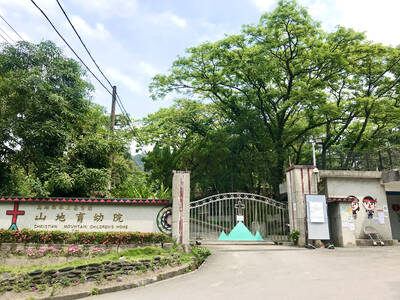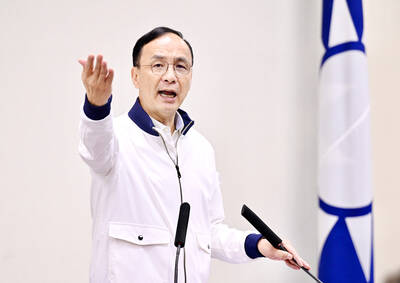Parents should not put ham or salami in their children’s packed lunches because processed meat increases the risk of developing cancer, experts in the disease are warning.
The World Cancer Research Fund (WCRF) wants families to instead use poultry, fish, low-fat cheese, hummus or small amounts of lean meat as sandwich fillings when making up school lunchboxes.
Children should avoid eating processed meat altogether because unhealthy habits acquired while young can have serious consequences later, said the WCRF.
“Including sandwich fillers such as ham and salami could mean children get into habits that increase their risk of developing cancer later in life,” the charity said.
“It makes sense for children to adopt a healthy adult eating pattern from the age of five. WCRF advises it is best to avoid it [processed meat] as well as many of the habits we develop as children last into adulthood.”
If everyone ate no more than 70g of processed meat — the equivalent of three rashers of bacon — a week, about 3,700 fewer people a year in the UK would be diagnosed with bowel cancer, according to the WCRF.
In 2007 the charity said there was convincing scientific evidence that consumption of processed meat increases the risk of bowel cancer. Although research had only studied its impact on adults, children should avoid it too, said the WCRF.
Marni Craze, the charity’s children’s education manager, said: “If children have processed meat in their lunch every day then over the course of a school year they will be eating quite a lot of it. It is better if children learn to view processed meat as an occasional treat if it is eaten at all.”
The charity also wants parents to avoid giving their children high-fat or high-calorie foods in their packed lunch, such as sugary drinks, because they could help make them overweight. Excess weight is increasingly viewed by scientists as a major contributory factor to cancer, after smoking.
Some high-energy products are promoted as ideal for children’s lunchboxes, it points out. For example, Sainsbury’s has Peperami in the lunchbox section of its Web site, despite the product containing 44 percent fat.
John Bullock, of BPEX, which represents British meat producers, said: “The amounts of these products in children’s lunchboxes will be very small. The WCRF’s global study in 2007 said there may be a link between eating processed meat and the risk of cancer, but we need more scientific evidence to tell us definitely whether or not that’s the case.
In a separate study published yesterday, Cancer Research says widespread ignorance about the symptoms of cancer is contributing to people dying of the disease.
One in seven people in the UK could not name a single sign of cancer and only small numbers of people named moles (16 percent), weight loss (16 percent of men and 22 percent of women), skin problems (25 percent) and bowel, urinary or toilet difficulties (19 percent), the charity found. In a poll of 3,947 people, 54 percent identified a lump as a being a possible indicator of cancer.
Sara Hiom, of Cancer Research, said up to 5,000 cancer deaths a year could be avoided if cancers were diagnosed earlier. The charity is working with the UK Department of Health on a major project to improve people’s chances of surviving cancer through earlier diagnosis, by increasing public awareness of signs and symptoms of the disease.
“We’re not expecting people to be able to recall every symptom, but being generally aware of changes that could be a sign of cancer could make a crucial difference for people who do develop the disease,” said Hiom.

May 18 to May 24 Pastor Yang Hsu’s (楊煦) congregation was shocked upon seeing the land he chose to build his orphanage. It was surrounded by mountains on three sides, and the only way to access it was to cross a river by foot. The soil was poor due to runoff, and large rocks strewn across the plot prevented much from growing. In addition, there was no running water or electricity. But it was all Yang could afford. He and his Indigenous Atayal wife Lin Feng-ying (林鳳英) had already been caring for 24 orphans in their home, and they were in

On May 2, Chinese Nationalist Party (KMT) Chairman Eric Chu (朱立倫), at a meeting in support of Taipei city councilors at party headquarters, compared President William Lai (賴清德) to Hitler. Chu claimed that unlike any other democracy worldwide in history, no other leader was rooting out opposing parties like Lai and the Democratic Progressive Party (DPP). That his statements are wildly inaccurate was not the point. It was a rallying cry, not a history lesson. This was intentional to provoke the international diplomatic community into a response, which was promptly provided. Both the German and Israeli offices issued statements on Facebook

President William Lai (賴清德) yesterday delivered an address marking the first anniversary of his presidency. In the speech, Lai affirmed Taiwan’s global role in technology, trade and security. He announced economic and national security initiatives, and emphasized democratic values and cross-party cooperation. The following is the full text of his speech: Yesterday, outside of Beida Elementary School in New Taipei City’s Sanxia District (三峽), there was a major traffic accident that, sadly, claimed several lives and resulted in multiple injuries. The Executive Yuan immediately formed a task force, and last night I personally visited the victims in hospital. Central government agencies and the

Australia’s ABC last week published a piece on the recall campaign. The article emphasized the divisions in Taiwanese society and blamed the recall for worsening them. It quotes a supporter of the Taiwan People’s Party (TPP) as saying “I’m 43 years old, born and raised here, and I’ve never seen the country this divided in my entire life.” Apparently, as an adult, she slept through the post-election violence in 2000 and 2004 by the Chinese Nationalist Party (KMT), the veiled coup threats by the military when Chen Shui-bian (陳水扁) became president, the 2006 Red Shirt protests against him ginned up by